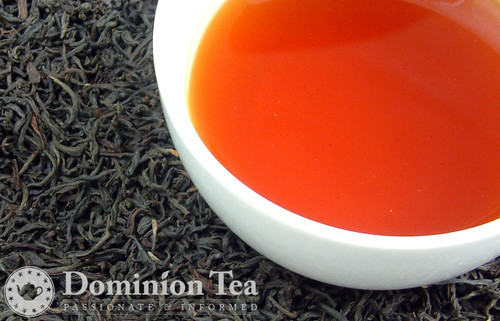2nd Flush Darjeeling
Our 2019 2nd Flush Darjeeling comes from the Rohini Estate located in the Kurseong valley. The plantation is up at 4400 feet and includes tea plants that are over 100 years old. It is harvested in June and produces an amber, full bodied, muscatel-flavored cup. A great afternoon tea.
 Ingredients:
Ingredients:
Indian Black Tea
Rohini Estate Significance:
Grown in the foothills of the Himalayas, this Darjeeling is produced at one of the 87 licensed tea plantations within the Geographic Identification region. Rohini Estate claims to be one of the younger estates in Darjeeling as it was closed for 38 years, between 1962 and 2000. It includes portion of the original estate with healthy tea plants that are over 100 years old. The estate is entirely Chinese cultivars, which contributes to the signature stone fruit, floral aroma. It’s located in Kurseong, Darjeeling in West Bengal, India.
Darjeeling Tea Significance
Darjeeling was the first tea in India to be protected under Geographic Identification (GI), which didn’t happen until 2011. This protection allows India the right to force other governments to protect the Darjeeling name and product within their borders, which is quite difficult without the GI. It is estimated that just before awarding the GI, there was almost 3 times more Darjeeling tea on the market than is actually produced in Darjeeling each year. Darjeeling tea fetches a price per pound almost fifty percent higher than Assam and Nilgiri and can rival the price per pound of some well-known Chinese teas.
By protecting this tea, the Indian government not only ensures that the quality of the tea locally grown meets the definition of a Darjeeling but that it can stop tea being grown and manufactured outside of this area from being marketed as Darjeeling.
In order to get the Geographic Identification, the India Tea Board had to develop a definition of what makes a tea a Darjeeling tea. It is defined as “Tea either currently being or having been cultivated, grown or produced in one of the 87 tea gardens in the defined geographic area of Darjeeling as determined by the India Tea Board, as well as processed and manufactured in a factory located in the defined geographic area. When tested by expert tea tasters, it is determined to have the distinctive and naturally occurring organoleptic characteristics of taste, aroma, and mouth feel, typical of tea cultivated, grown and produced in the region of Darjeeling, India.”
By creating the definition, the India Tea Board can license and monitor all stages of Darjeeling tea production to ensure quality and compliance with their certification. The Tea Board is currently working with outside firms to automate as much of the oversight as possible, and through doing so, making it easier for the Tea Board to pursue counterfeiters and get their products off the market or labeled more clearly. This ultimate helps to protect the growers and producers of Darjeeling by allowing the tea price to keep increasing as demand outstrips supply.
Videos Hide Videos Show Videos
- Step 1:
- Preheat mug with boiling water, discard and refill.
- Step 2:
- Steep 2 flat tsp or 3-4 grams of tea per 8 oz of water.
- Step 3:
- Steep for 3-5 minutes as desired. Experiment with slightly cooler water or shorter steeping times. Try one additional steeping if desired.








